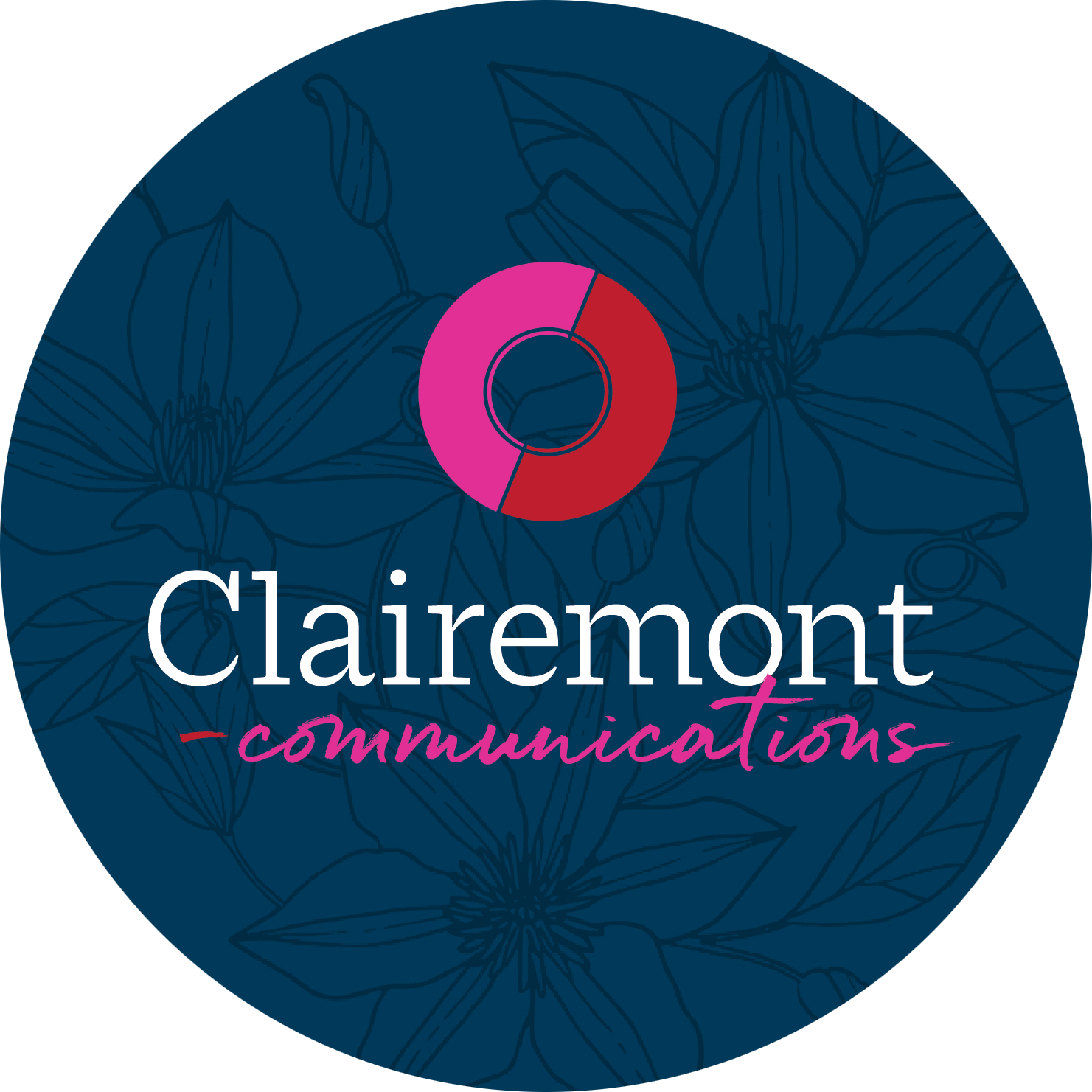We have all experienced it – the boring, routine presentation that leads you to incessantly double-check your watch and meticulously count down the minutes until you are free to leave and go about your day. This kind of presentation can be categorized as a TCP: the Typical Corporate Presentation. While most can agree that public speaking is typically not at the top of the “favorite things to-do” list, it does not mean that you are incapable if giving a stellar presentation.
I recently had the opportunity to attend a NCPRSA Professional Development luncheon, where Alan Hoffler, the executive director and principal trainer at MillsWyck Communications, spoke on the essentials for giving a successful presentation. The valuable tips shared can be applied to any type of professional or scholarly environment, and can even fine-tune your every day communication skills. But, you may ask, “What exactly defines a successful presentation?”
Essentially, a presentation can be deemed successful if the audience is able to repeat something discussed. At the end of the day, if people cannot repeat your message, it was not successful.
To improve your presentation and communication skills, check out the three main steps that will prevent you from giving that dreaded TCP:
Capture the audience’s attention – “You can’t lose what you don’t have!”
If you want to keep the audience’s attention, you must first have it. You must give them a reason to listen. Interacting with members in the audience, asking questions or sharing a relatable story can achieve this.
Give your audience a mental list – “You can’t repeat what you don’t remember.”
After you have the audience’s attention, tell them what you intend to tell them. This tool provides the audience with an easy to follow structure and lets the crowd know exactly what they will be getting out of your presentation. Your message should first be addressed and then expand on the topic from there.
Finish strong and briefly – “You can’t finish what never ends.”
Always, always, always finish strongly. Make sure you keep your ending brief and to the point, while giving the audience a call to action that they can take away from the presentation.
Have any other tips that have helped you give a successful presentation?





